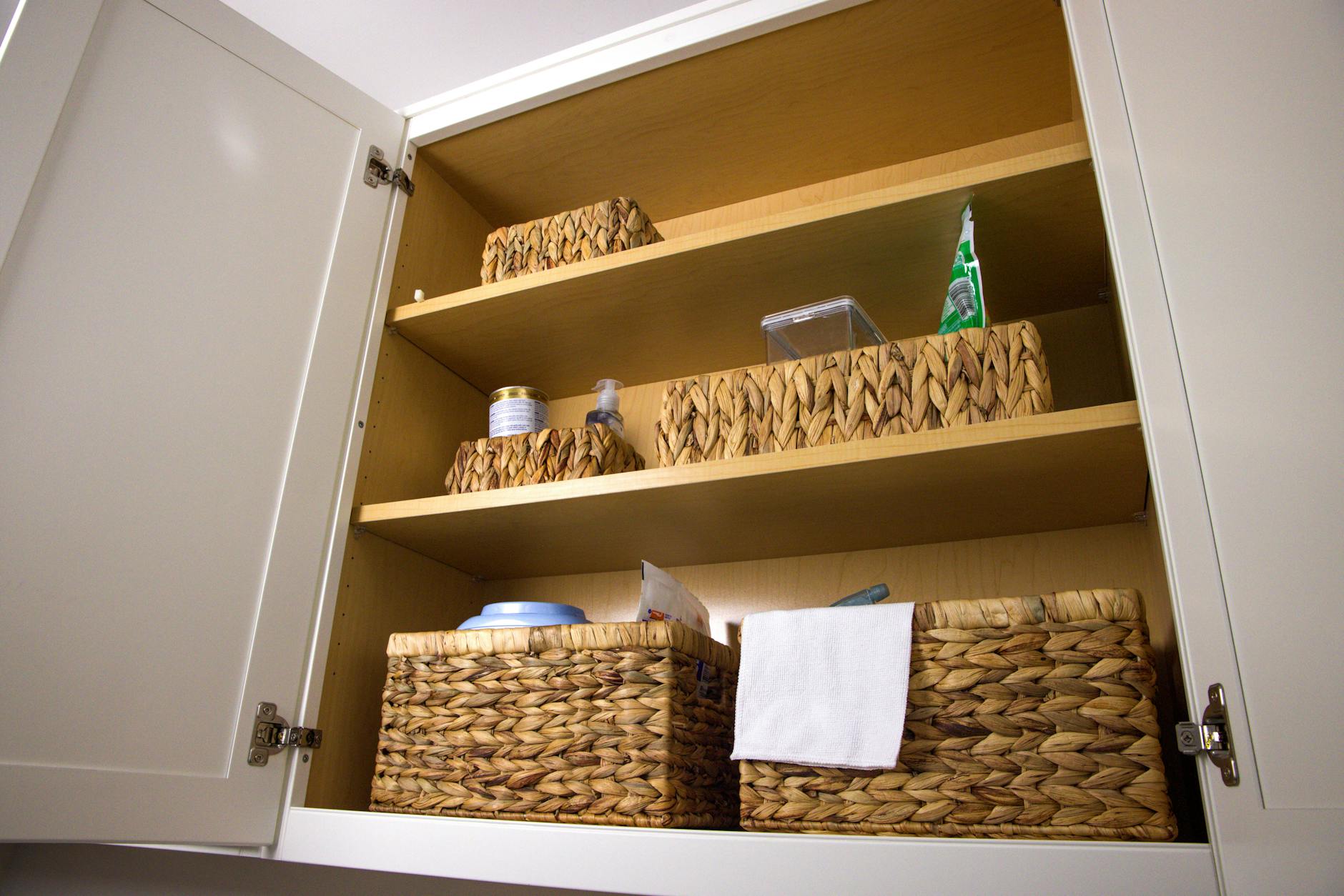
Have you ever walked into a grocery store and noticed how certain brands always seem to get the best shelf space? Maybe your favorite cereal is always at eye level, or a popular beverage is front and center in the cooler. This isn’t just luck or coincidence. The placement of products on grocery shelves is a highly strategic process. Understanding why certain brands consistently land the best spots can help you make smarter choices as a shopper and even save money. Let’s break down the real reasons behind the coveted prime shelf space in grocery stores.
1. The Power of Slotting Fees
The term “slotting fees” refers to the payments brands make to retailers to secure premium shelf space. These fees can be substantial, especially for the most visible locations like eye-level shelves or end caps. For new products, slotting fees are almost a requirement for getting any shelf space at all. Established brands use these payments to maintain their presence and edge out competitors.
Because slotting fees are a major source of revenue for retailers, brands with bigger marketing budgets often dominate the best shelf spots. This pay-to-play system explains why you see familiar brands front and center, while smaller or local brands are tucked away in less noticeable places.
2. Sales Volume and Brand Recognition
Grocery stores want to maximize sales per square foot. High sales volume brands are proven earners. Retailers track sales data closely and reward these brands with better shelf placement. If a product sells well, it is more likely to be placed at eye level or in high-traffic areas.
Brand recognition also plays a role. Shoppers are more likely to reach for brands they know and trust. By placing these brands at optimal heights, stores increase the likelihood of quick sales, which keeps inventory moving and profits high. This cycle explains why certain brands consistently secure the best shelf space, while new brands struggle to gain traction.
3. Category Management Strategies
Retailers use category management to organize products in a way that maximizes profits and meets shoppers’ needs. This involves analyzing sales data, market trends, and customer preferences. Brands that fit well into a retailer’s category plan often get better shelf space.
For example, if healthy snacks are trending, brands in that category may get more prominent placement. However, the biggest brands in each category often secure the best shelf space simply because they help drive overall category growth. Retailers want to showcase brands that lift sales across the entire section.
4. Retailer-Brand Partnerships
Longstanding partnerships between retailers and brands can heavily influence shelf placement. Brands that work closely with a retailer—through joint promotions, exclusive products, or loyalty programs—often receive favorable treatment. These partnerships can include agreements about shelf space, promotional displays, and even pricing strategies.
Retailers benefit by getting marketing support and guaranteed sales, while brands lock in valuable real estate. It’s a win-win that keeps certain brands at the forefront, making it harder for smaller competitors to get noticed.
5. Private Label Competition
Retailers have their own private label brands, and these often compete for the same shelf space as national brands. To promote their own products, retailers may give prime positions to these house brands. However, leading national brands usually maintain their best shelf space because they attract shoppers and drive traffic.
This balance creates a competitive environment where only the top-performing brands—whether private label or national—secure the best shelf space. It’s another reason why certain brands always get the best shelf space in grocery stores, while others are relegated to less visible spots.
6. Shopper Marketing and Promotions
Brands regularly invest in in-store promotions, displays, and signage to catch your attention. These marketing efforts often come with agreements about shelf placement. For example, a brand might sponsor a seasonal display or provide coupons in exchange for a prime spot on the shelf.
Retailers want to create an engaging shopping experience. By working with brands on promotions, stores can drive excitement and sales. This is why you’ll often see the same brands featured in weekly ads, end caps, or special displays, reinforcing their dominance in the best shelf space.
How This Impacts Your Shopping Experience
Knowing why certain brands always get the best shelf space can help you shop smarter. The brands you see first aren’t always the best value or the healthiest option—they’re often the ones that pay the most or sell the fastest. If you’re looking to save money or try something new, check the top and bottom shelves. That’s where you’ll often find hidden gems, store brands, or products from smaller companies.
Next time you’re in the grocery store, take a moment to look beyond eye level. You might find better deals or discover new favorites. If you’re interested in learning more about how store layouts and shelf placement impact shopping habits, check out this NPR article on grocery shelf wars. For more tips on saving money at the store, visit Consumer Reports’ grocery savings guide.
Have you noticed certain brands always get the best shelf space at your local store? What strategies do you use to find the best deals? Share your thoughts in the comments below!
What to Read Next…
- 7 Grocery Store Brands That Secretly Have the Best Quality Products
- 10 Ways Supermarkets Influence Your Spending and How to Outsmart Them
- How Grocery Store Layouts Influence Your Shopping Habits
- Inside the Inventory Game: How Supermarkets Bait Bulk Buyers
- Why So Many Big Brands Are Pulling Out of Grocery Chains
The post Why Do Certain Brands Always Get the Best Shelf Space? appeared first on Grocery Coupon Guide.







